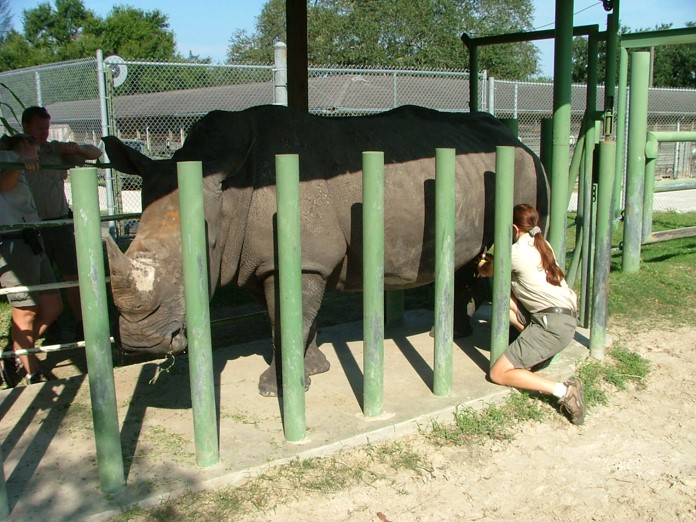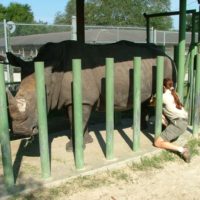Understanding milk is central to understanding mammals.
The Milk Repository housed in the Department of Nutrition Science at the Smithsonian National Zoological Park, is the world’s largest collection of exotic mammal milk, with samples from over 200 species. There are milks with almost no fat (e.g. rhino milk at less than 0.5%) and milks which contain more fat than water (e.g. hooded seal milk at 55%). Milk protein content can be low (e.g. orangutan milk at about 0.8%) or protein can be the largest solid constituent (e.g. armadillo milk at 11%). Since different baby mammals need different milks, the information gained from assaying the milks in the repository, the National Zoo has become the go-to resource for advice and knowledge regarding milk replacer formulas for a wide range of mammals.
Dr. Power, animal scientist at the Smithsonian National Zoological Park and curator of the milk repository will introduce us to this unique resource which serves both basic science and practical applications for hand-rearing mammal neonates.
Dr. Power received his Ph.D. in Anthropology from the University of California at Berkeley. Dr. Power is an organismal biologist with a strong evolutionary and comparative perspective. His focus is on whole animal physiology and investigating the adaptive functions of animals’ responses to differing circumstances. A major focus of his research has been the effects of nutrition on reproduction, especially the effects of both maternal under and over nutrition on birth outcome and eventual adult physiology of offspring. In addition to his comparative mammalian physiological research he has conducted studies relevant to women’s health during pregnancy and immediately postpartum, including weight gain during pregnancy and encouraging breastfeeding. He has coauthored, with Dr. Jay Schulkin, three books: The Evolution of Obesity, The Evolution of the Human Placenta, and Milk: The Biology of Lactation.
PHOTO CREDIT: Dr. Power. Milking a Rhinoceros.


